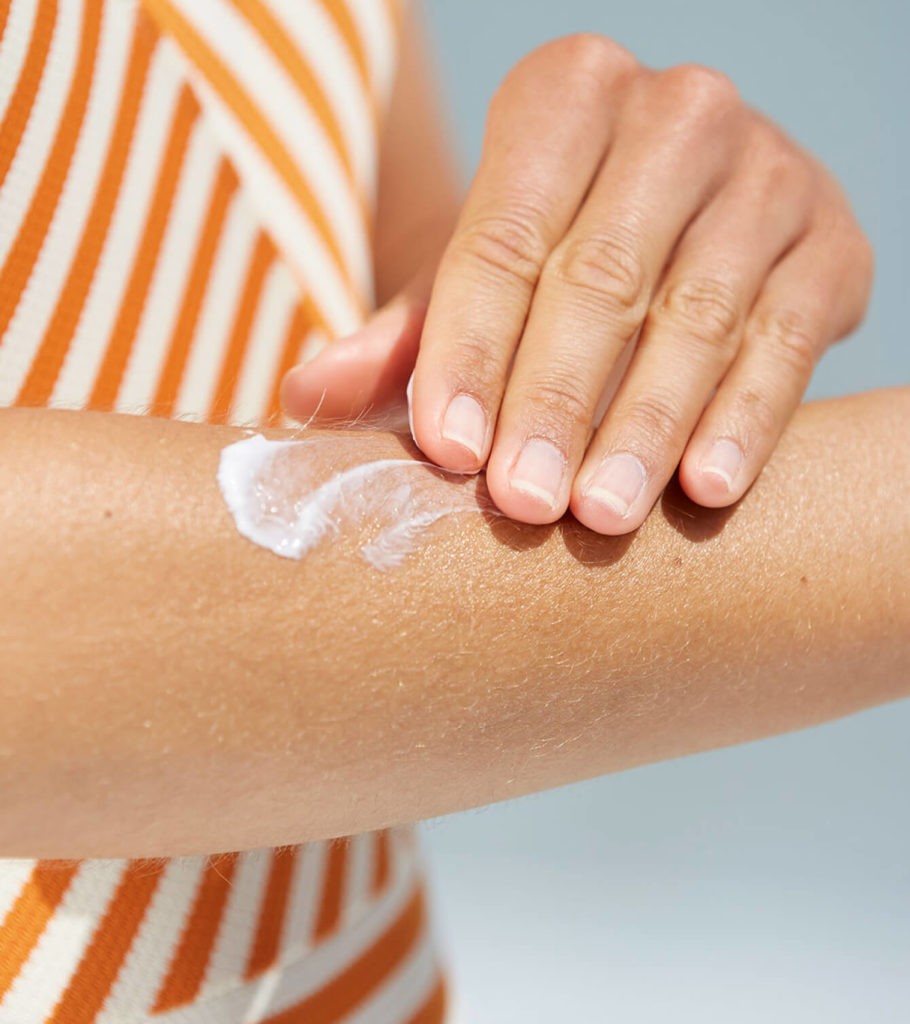06/07/2024
06/07/2024

NEW YORK, July 6: As summer arrives, so does the increased risk of sun exposure and its harmful effects. Ultraviolet (UV) radiation, emitted by the sun, poses significant threats to skin health, with longer-wavelength UVA rays penetrating deep beneath the skin's surface, contributing to premature aging. Conversely, shorter-wavelength UVB rays affect the outer layers, causing sunburns and tans. Fortunately, Earth's ozone layer intercepts the third type, ultraviolet C.
Both UVA and UVB rays damage DNA in skin cells, leading to mutations that can accumulate over time and foster the growth of tumors. The Skin Cancer Foundation warns that greater UV exposure heightens these risks.
In the United States, basal cell carcinoma and squamous cell carcinoma top the list as the most common types of skin cancer, collectively leading to between 2,000 and 8,000 deaths annually, reports the American Cancer Society. Meanwhile, melanoma, though less common, proves more deadly, affecting approximately 100,640 Americans yearly and resulting in 8,290 deaths, according to the National Cancer Institute.
Sunscreen plays a pivotal role in mitigating these risks through two primary methods. Chemical sunscreens, containing ingredients like avobenzone, absorb UV rays, while mineral sunscreens use zinc oxide or titanium dioxide to block or reflect them. By preventing solar radiation from penetrating the skin, these products safeguard against DNA damage.
Here are 10 myths about sunscreen that deserve clarification:
- Myth 1: Sunburn is the only risk Reality: UV exposure, even without visible sunburn, poses DNA damage risks that accumulate over time.
- Myth 2: Sunscreen blocks Vitamin D production Reality: Minimal sun exposure suffices for vitamin D production, even with sunscreen application.
- Myth 3: Sunscreen chemicals cause cancer Reality: FDA-regulated sunscreen ingredients are deemed safe and effective against skin cancer risks.
- Myth 4: Sunscreen isn’t needed on low UV index days Reality: UVA rays persist regardless of UVB levels, necessitating year-round sunscreen use.
- Myth 5: Dark skin doesn’t need sunscreen Reality: Skin cancer risks affect all skin tones, with darker skin potentially being diagnosed at later, less treatable stages.
- Myth 6: Mineral sunscreens are safer Reality: Both chemical and mineral sunscreens are safe, with mineral variants offering specific benefits.
- Myth 7: A Base tan protects against sun damage Reality: A tan indicates skin damage and offers minimal protection against UV radiation.
- Myth 8: Antioxidants replace sunscreen Reality: While antioxidants aid skin health, sunscreen remains essential for UV protection.
- Myth 9: Sunscreen chemicals accumulate in the body Reality: Evidence suggests sunscreen chemicals do not accumulate long-term in the body.
- Myth 10: Hats alone provide sufficient protection Reality: Hats shield from overhead UV rays but not from reflected rays, underscoring sunscreen’s necessity.
In conclusion, while each sun protection method contributes to skin health, comprehensive sun safety combines multiple strategies for optimal protection.


